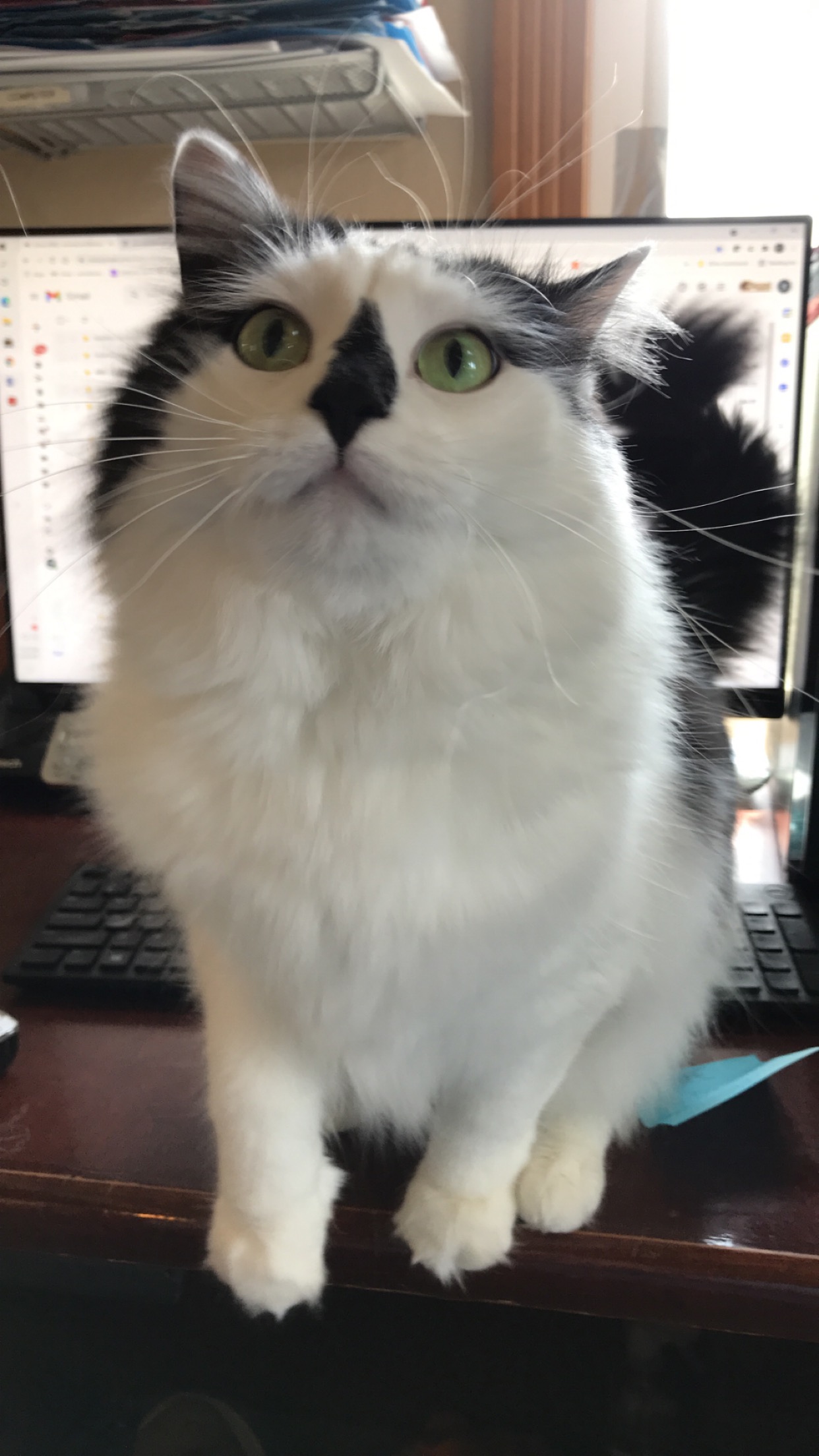
21 Jul Second Chance: Declawing a Cat is Inhumane. Period.
Second Chance Humane Society’s Animal Resource Center and Thrift Shops have been serving San Miguel, Ouray & Montrose Counties for 27 years. Call 626-2273 to report a lost pet, learn about adopting a homeless pet, or about our Emergency Response, Community Medical, Spay/Neuter, Volunteer, or other services. View shelter pets and services online: www.adoptmountainpets.org.
Go here for more options from Second Chance.

Domino
Take a look at your fingernails. Now imagine what it would take to permanently remove them. Ouch. Looks like you’d have to remove part of your finger right? Yep, that is what happens when you declaw a cat. Speaking from experience, it is awful.
I am not sure how declawing is still even legally allowed in the U.S., In most developed countries the practice is recognized as totally inhumane and is prohibited. (New York is the only State in the U.S. where declawing is banned, while various cities such as Denver, Colorado are standing up and banning the practice as well.)
Here is why declawing involves amputation of the last joint of your cat’s toes (you can’t remove the claws without removing part of our bone…) and a painful recovery period, wheelchairs and bedpans are not an option for a cat. During surgery recuperation your cat still has to use its feet to walk, jump, and scratch in its litter box regardless of the pain it is experiencing. Have I changed your mind yet?
Additionally, there are many potential complications and negative implications to this surgery briefly summarized as: chronic pain, lameness, joint stiffness, arthritis, as well as behavioral problems which can later emerge like litter box avoidance, biting (we feel pretty helpless without our claws) and being afraid (which can come across as aggression) to be around other household animals.
Also, and rather importantly, our primary means of defense is removed with our claws, including our ability to climb to safety, making us sitting ducks, not carefree cats. Need more scientific evidence? Check out declawing.com/the-truth-about-declawing.
Although you may know some felines who have undergone declawing and appear fine – recovery typically takes several weeks – keep in mind that we often try to hide our pain and discomfort as part of our survival instinct. Additionally, our claws help us maintain our balance and grace and you are removing that with our claws.
Most animal humane agencies have issued clear statements against this procedure. Second Chance prohibits it on any pet they adopt out.
There are many simple, pain-free, and less costly alternatives to declawing, number one being a good ol’ scratching post. It is our natural instinct to scratch, it feels good to our muscles and joints and allows us to leave a bit of our scent to mark our “turf.” We feel emotionally and physically fulfilled through scratching, something else declawing takes from us…
Get a nice tall scratching post that allows your cat to stretch her whole body, or one of those horizontal strong card-board scratching devices and your cat will opt for that over your furniture (particularly if you sprinkle them with catnip). More alternatives to de-clawing can be found at catscratching.com.
My name is Domino (like the game, not the pizza franchise). I am a gorgeous homeless girl kitty with a luscious coat. I arrived here at Second Chance with my front paws de-clawed. I feel pretty helpless around other animals and therefore need a home as the only pet. (Indoor only as I can’t defend myself outside.) A place where I can relax and take care of you. My outgoing and lovely demeanor will fill your heart enough that you won’t need other pets in the home anyway. Come meet me today!


Sorry, the comment form is closed at this time.